Guide to Drying Flowers
Gerard
In this blog, we suggest some of the flower and herb varieties that you can dry from our seed range as opposed to all other flowers, shrubs and trees - that list would be enormous. Our list is quite extensive, so you’re not short of options:
Achillea ~ Acroclinium ~ Anise Hyssop ~ Astilbe
Bells of Ireland ~ Candytuft ~ Centaurea ~ Cornflower
Delphinium ~ Echinacea ~ Echinops ~ Eryngium
Gypsophila ~ Larkspur ~ Leonurus ~ Nigella ~ Orlaya
Scabiosa ~ Statice ~ Teasel ~ Xeranthemum

The drying process:
-
Pick all flowers that you intend to dry when they are approximately ¾ open.
Avoid immature, over-bloomed or diseased flowers - these will only give you an inferior end result.
Remove excess foliage.
Bunch, arranging and tying them into the posies or bouquets that you intend for your display.
For flimsy or dainty flower stems, strengthen them with florist wire. Insert the wire through the base of the bloom (calyx) then down and around the stem. NB: Florist wire is available economically in bundles from many bargain shop type retailers.
Stand flowers in warm water containing a 10% addition of Glycerine. This is taken up by the stems and extends their shelf life, helps maintain their colour and stops them deteriorating too quickly. NB: Glycerine is readily available in small bottles from most chemist shops, soap making stores and online from many other outlets. It's optional to use and you’ll still get a good result without it, but it will definitely improve your end result.
If you're wanting to dye your flowers, this would be an ideal time to add your dye, let it be drawn up at the same time as the Glycerine. By having the stems cut evenly, you’ll need only a small amount of either dye or glycerine, so keep the water level in the bucket to a minimum. A couple of hours in your solution will be plenty.
Hang your bouquets upside down in a dark, dry, well-ventilated spot for the next 2 weeks or until fully dry.
Finally, gently spray with fragrance-free hair spray to seal the pores of the flowers.

">Et voilà! You have a dried flower bouquet to be proud of for the next year.
There are many other ways to dry flowers including using the microwave, low temperature ovens, between paper towels or inside large paper bags and even sprinkling desiccating gels over them inside a box.

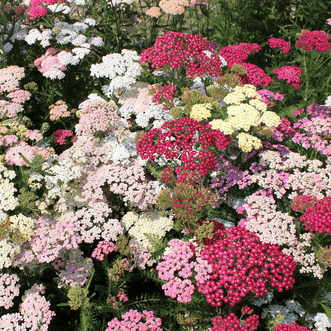
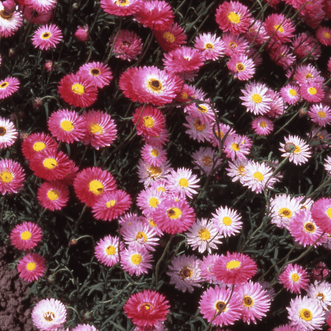
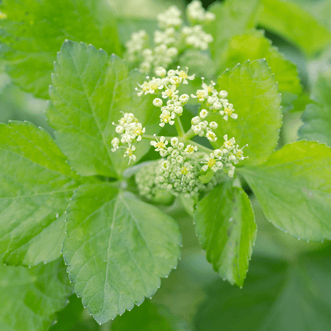
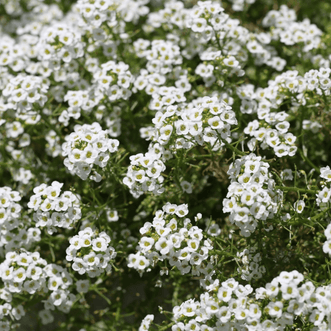
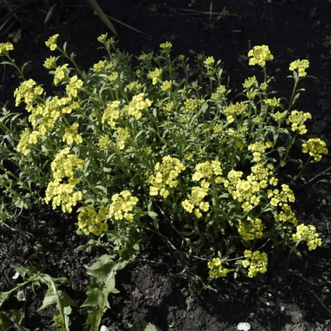
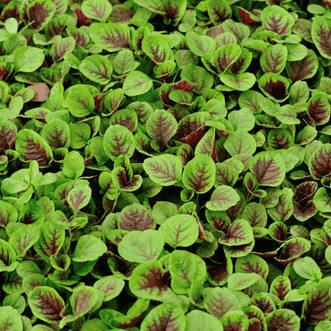
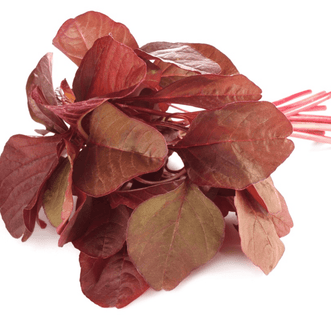
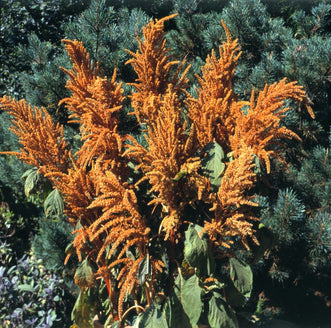
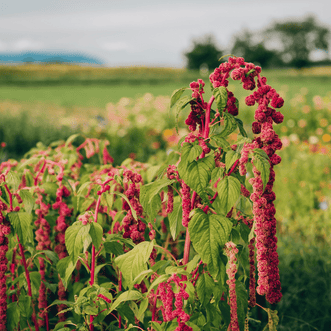
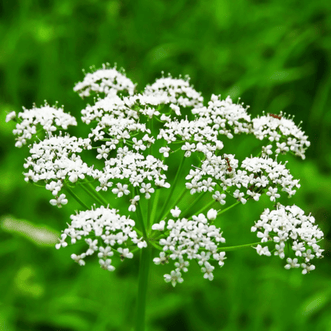
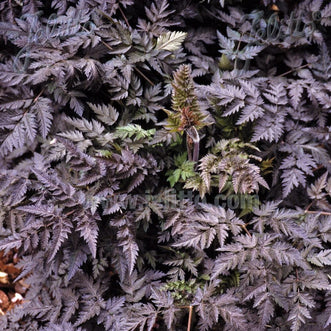
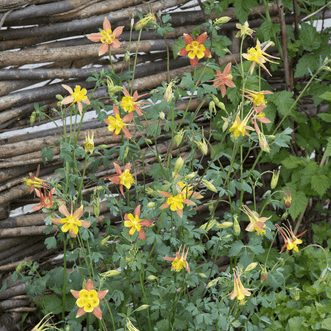
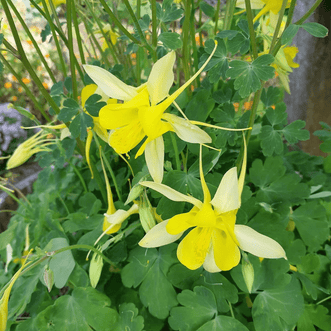
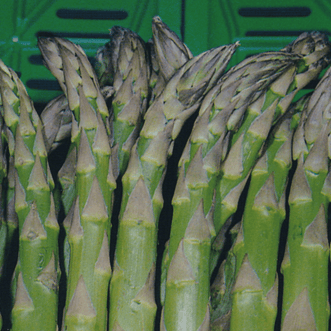
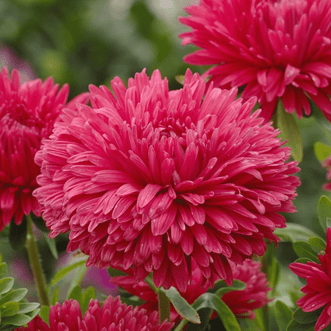
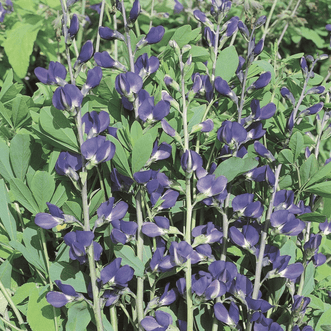
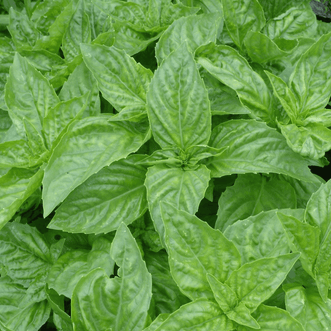
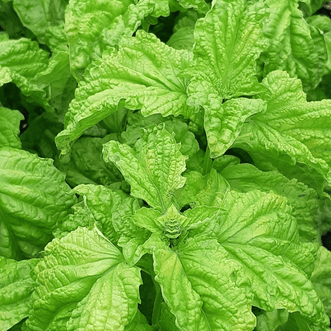
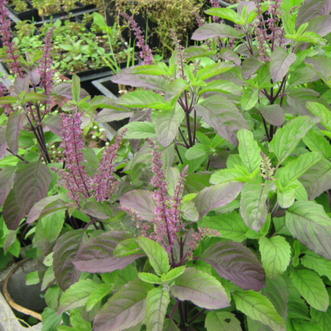
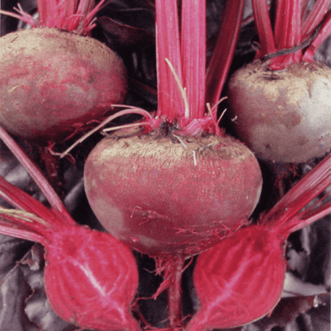
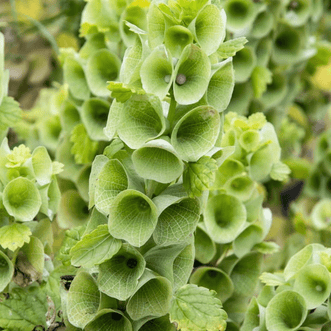
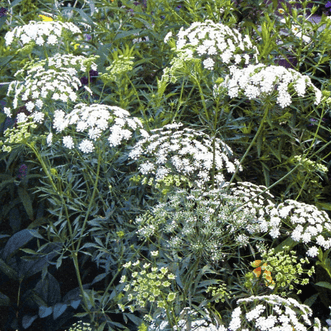
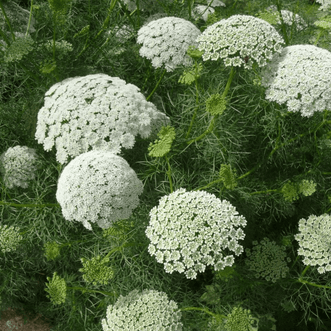
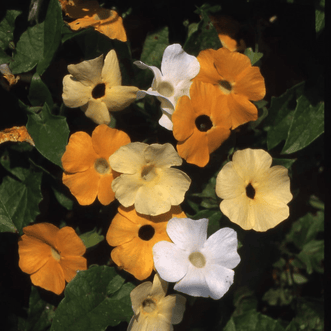
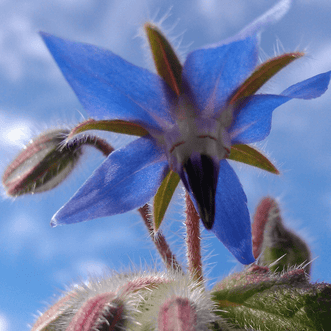
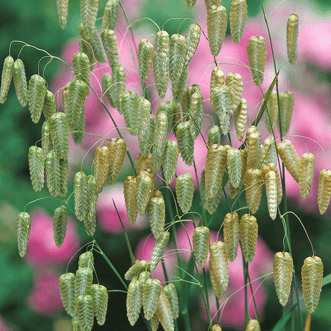
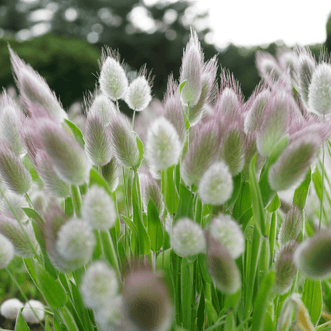
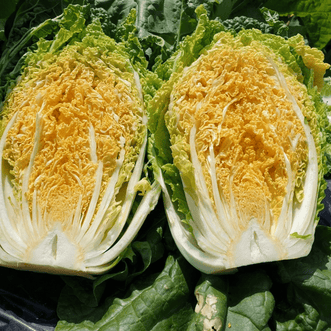
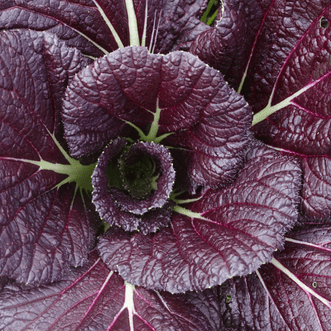
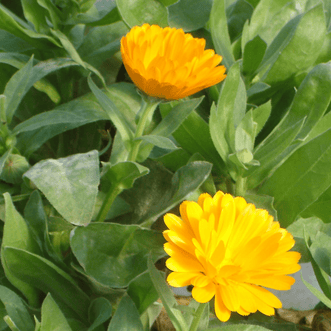
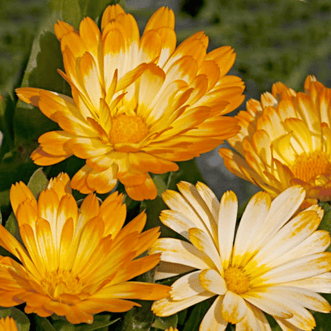
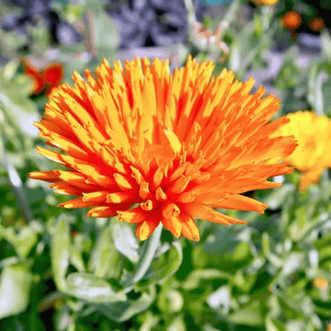
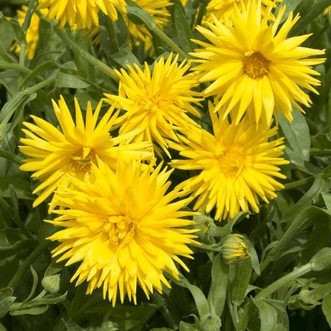
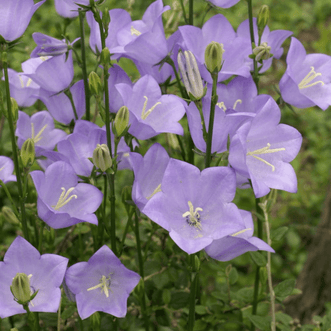
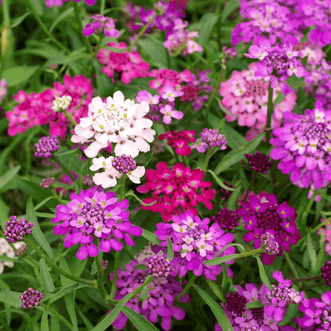
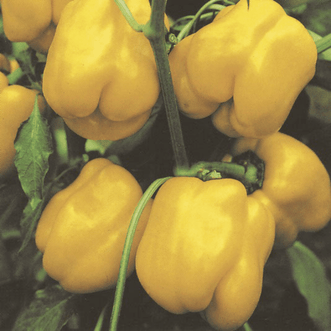
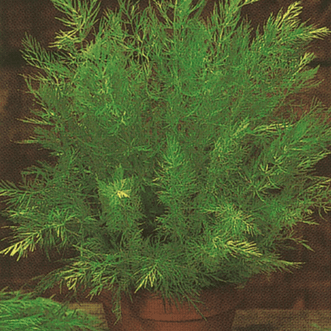
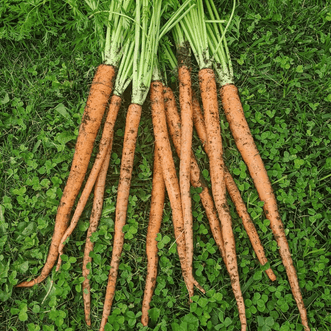
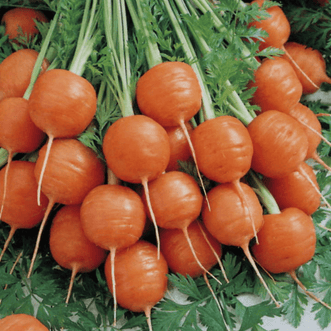
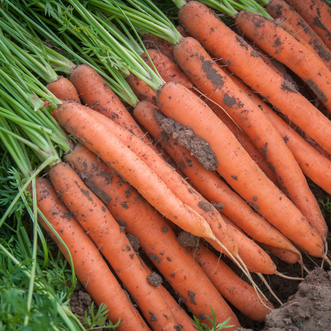
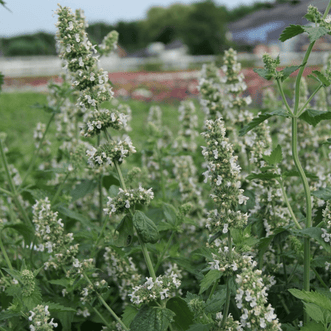
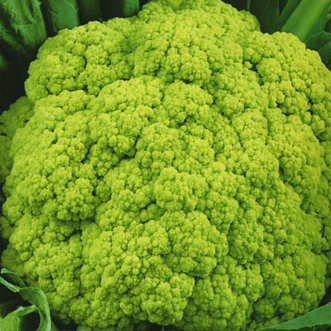
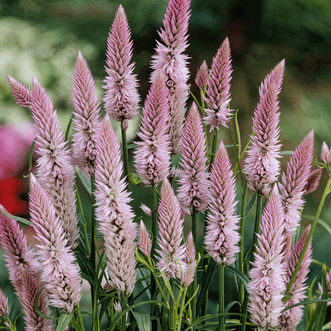
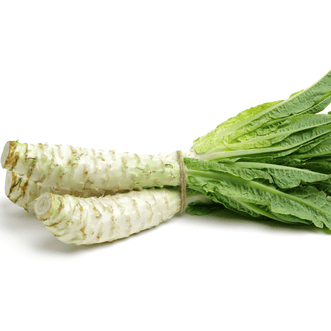
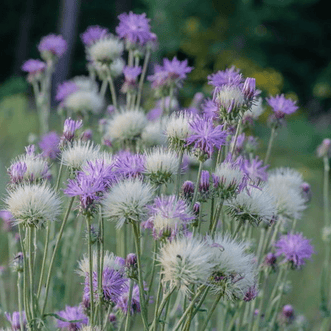
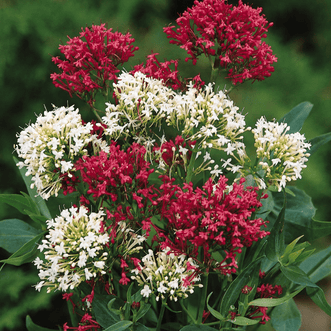
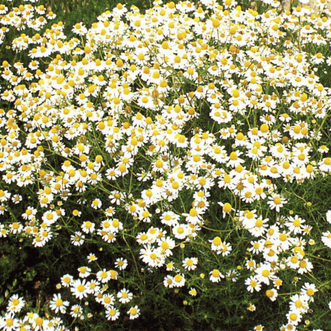
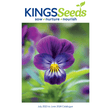
3 comments
HI THERE …..I HAVE GROWN TEASLES FROM YOUR SEED RANGE….THEY ARE AMAZING….PLEASE CAN YOU ADVISE ME WHEN IS THE BEST TIME TO HARVEST TO DRY….ONCE THEY HAVE FINISHED FLOWERING OR DO I WAIT UNTIL AUTUMN WHEN THEY HAVE DRIED OFF ? THANK YOU
Very useful information, thank you. I’m just making scented candles, and the dried flower will not hurt me
mmmm, interesting